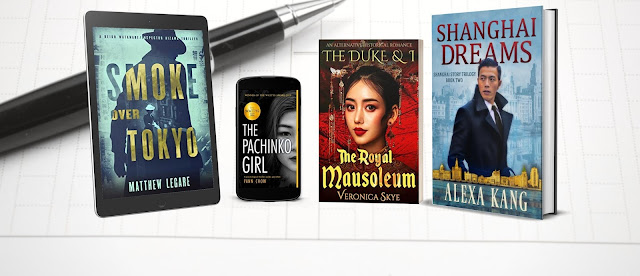Dorothy C. Wong is Professor of Art and Director of the East Asian Center at the University of Virginia. She has published
Chinese Steles: Pre-Buddhist and Buddhist Use of a Symbolic Form (2004; Chinese edition 2011),
Hōryūji Reconsidered (editor and contributing author, 2008), and
China and Beyond in the Mediaeval Period: Cultural Crossings and Inter-regional Connections (co-editor with Gustav Heldt, and contributing author, 2014). Her most recent book is
Buddhist Pilgrim-Monks as Agents of Cultural and Artistic Transmission: The International Buddhist Art Style in East Asia, ca. 645-770.
In the mid-seventh century, a class of Buddhist pilgrim-monks disseminated an art style in China, Japan, and Korea that was uniform in both iconography and formal properties. Traveling between the courts and religious centers of the region, these pilgrim-monks played a powerful role in this proto-cosmopolitanism, promulgating what came to be known as the International Buddhist Art Style.
Buddhist Pilgrim-Monks as Agents of Cultural and Artistic Transmission: The International Buddhist Art Style in East Asia, ca. 645-770 investigates the formation and circulation of an East Asian International Buddhist Art Style by focusing on the role played by Buddhist missionaries and pilgrim-monks as agents of cultural and artistic transmissions.
So, over to Dorothy...






